In the realm of automotive engineering, the quest for innovation knows no bounds. Mercedes-Benz, a name synonymous with luxury and advanced technology, is stepping away from tradition to explore a transformative concept that could redefine the very essence of braking in electric vehicles (EVs). The company’s engineers are proposing a groundbreaking shift by relocating the traditional braking system to the center of the chassis, promising not only enhanced performance but also a more environmentally friendly approach.
The Evolution of Braking Systems
For as long as vehicles have traveled on wheels, the fundamental mechanism for halting their momentum has been the brake. Typically, these apparatuses—whether disc or drum—are positioned at each wheel, ensuring that all four corners of the vehicle have adequate stopping power. This long-standing layout served well in conventional vehicles powered by internal combustion engines. However, with the advent of electric motors and regenerative braking technologies, the reliance on traditional brakes has diminished, often relegated to emergency situations.
Mercedes is now poised to leverage this shift in braking dynamics. By rethinking the placement and functionality of brakes, the company is embarking on a journey to enhance the overall driving experience.
Mid-Mounted Brakes: A Sustainable Approach
The research and development team at Mercedes’ Sindelfingen center in Germany has proposed mid-mounted brakes as an innovative alternative. Instead of being located at the corners of the car, the brake discs are envisioned to be housed within aluminum enclosures nestled within the electric drive unit. This strategic centralization not only preserves the essential function of brakes but also introduces an environmentally conscious solution.
Each housing would feature a unique collection pan that captures brake dust and debris from the pads and discs, effectively minimizing a common environmental pollutant. These new braking systems are designed to endure the vehicle’s entire lifespan, ensuring longevity and reducing the environmental impact typically associated with brake wear.
Rethinking Brake Mechanics: A New Methodology
Mercedes’ proposed “in-drive brakes” introduce a fascinating twist to conventional braking mechanics. In traditional setups, brake pads compress against a singular disk to create stopping power. In contrast, the innovative design by Mercedes utilizes two stationary brake discs that compress a circular, two-sided brake pad attached to the driveshaft. This unique arrangement promises to enhance efficiency and performance while maintaining the reliability of the braking system.
Navigating Cooling Challenges
However, the pivot to mid-mounted brakes is not without its challenges. Effective cooling is crucial to maintaining optimal brake performance, especially under heavy braking conditions. In this new design, both stationary brake discs will feature a coolant flow to effectively dissipate the heat generated during braking.
Mercedes engineers are currently grappling with the best method for cooling this system. One consideration is to utilize the existing cooling circuit of the battery and motor, leveraging their capacity to manage heat. Unfortunately, this presents a challenge, as lithium-ion batteries typically operate around 85 degrees Fahrenheit, while electric motors can reach approximately 175 degrees. In comparison, disc brakes can attain temperatures exceeding 300 degrees Fahrenheit. This discrepancy raises concerns about the risks of overheating vital powertrain components.
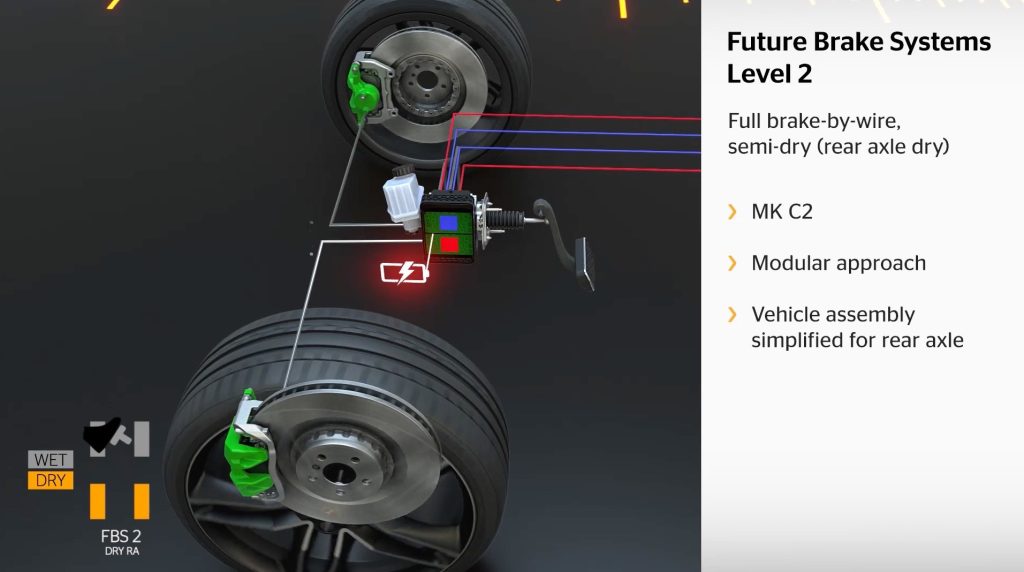
Looking Ahead: A Cautious Optimism
Despite the promise that mid-mounted brakes hold, it is essential to recognize that this technology is still in its nascent stages of testing. While the ambition to innovate is commendable, skepticism remains regarding the necessity of overhauling a system that has been proven effective over decades. Achieving weight savings and improving vehicle dynamics can potentially be accomplished through less complex solutions.
As the automotive industry faces challenges such as rising production costs, there is valid concern that introducing extravagant technologies may lead to higher prices for consumers. The focus should remain on delivering accessible and affordable vehicles without compromising safety or performance.
As Mercedes continues to navigate the complexities of this innovative braking system, the culmination of their efforts will determine whether this bold vision for mid-mounted brakes becomes a hallmark of future electric mobility.

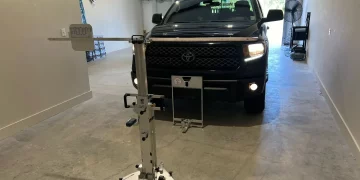




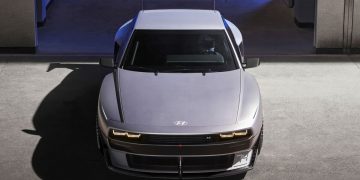

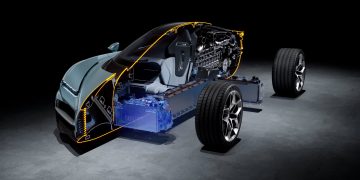












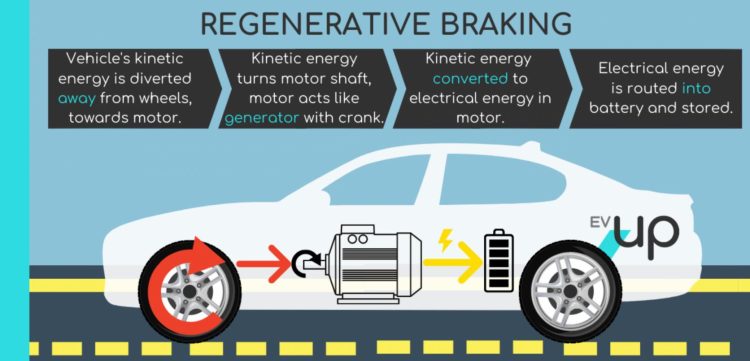












Discussion about this post